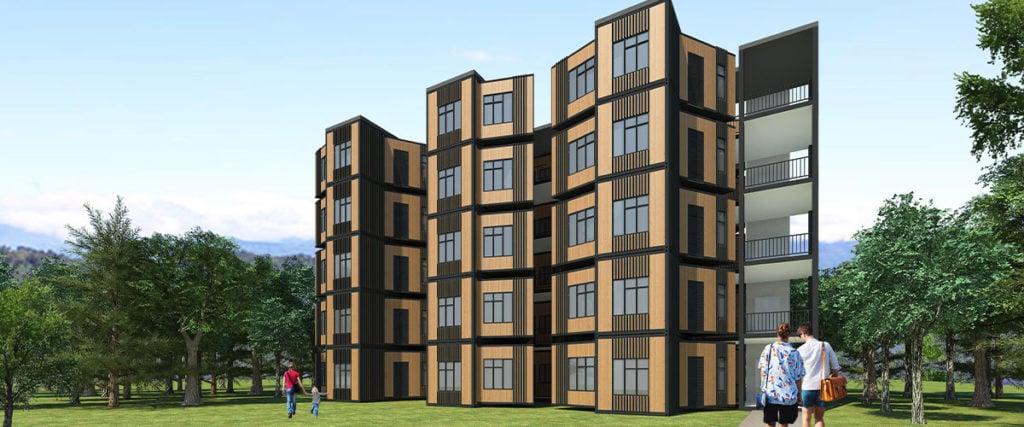Singapore engineer-turned-entrepreneur Desmond Poh has created a 270-sq-ft modular house, the PhyeFly, which promises a cleaner, faster and scalable construction process at a fraction of the cost.
Imagine if you could build a house in a day. It’s a possibility that Singaporean engineer-turned-entrepreneur Desmond Poh, founder of iMax SG, has created with the PhyeFly, his innovative modular housing concept. An affordable, stackable 270-square foot unit that he says is the answer to Asia’s housing woes, he’s used his 35 years of experience in modular construction to propose a quicker, more affordable and more sustainable alternative to traditional construction projects. Priced at a mere USD 40,000 per unit, each PhyeFly arrives on-site ready-made and can be rapidly assembled into a low-rise building 5 to 10 stories high. “You can actually deliver a unit in a day, or you can build a few blocks in a week, a million in a month,” Desmond explains. Already, the project has drawn substantial interest internationally, partnering with the University of Hong Kong in the city’s first modular construction case study to build student accommodation. Sitting down with Hive Life, he talked through how he is reinventing the way housing is built.
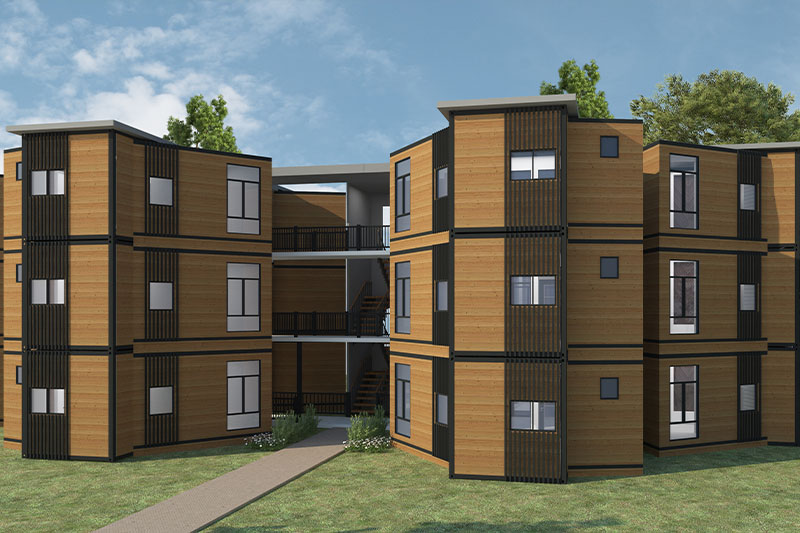
“The concept wasn’t born overnight,” Desmond laughs about how his idea came about. “It happened over a period of thinking, with a lot of strategic planning.” Debuted at Hong Kong’s Construction Innovation Expo 2019, the PhyeFly juxtaposes practicality against design: “I’m very inspired by how you can make a home that works for you, rather than you working for the home – a place where you can feel comfortable, which is practical and will help you create a new lifestyle,” he explains. With a heavy focus on closing the gap between housing supply and demand, he’s created a modular home that could function as transient housing in major cities, or as a low-rise building in less densely populated countries like India, Indonesia or Thailand. “Particularly for Hong Kong, where we are talking about transient homes, the PhyeFly fits in well,” he says. “You can use it as a settlement home for people and families when you demolish a location, or you can build a PhyeFly village for people to stay in while a new high-rise home is built.”
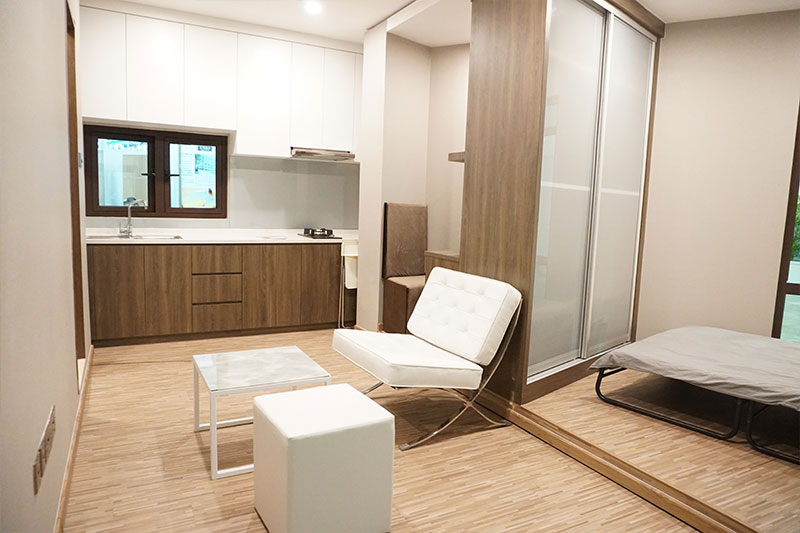
The PhyeFly’s affordability boils down to Desmond’s use of modular integrated construction (MiC), a revolutionary method where entire homes are built in a factory, transported to the site, and rapidly assembled, either as a single unit or as one part of a greater whole. “You save up to 40% of time, 40% of manpower, and up to at least 30% of construction costs in terms of value,” he explains, comparing the process to conventional construction. Sustainability, too, factors into the unit’s design: “The beauty of the PhyeFly is that you use it now, but maybe three or five years later, you might decide to dismantle it to change the building’s look or put more buildings on the land to enhance the value. You can dismantle the PhyeFly and sell it back to me for 30% of the value, you can relocate it to another location and use it again, or you can recycle it and recover up to 70% of the building materials.”
You might also like Struggling to Afford Basic Housing? Micro-Housing OPod Could be the Solution
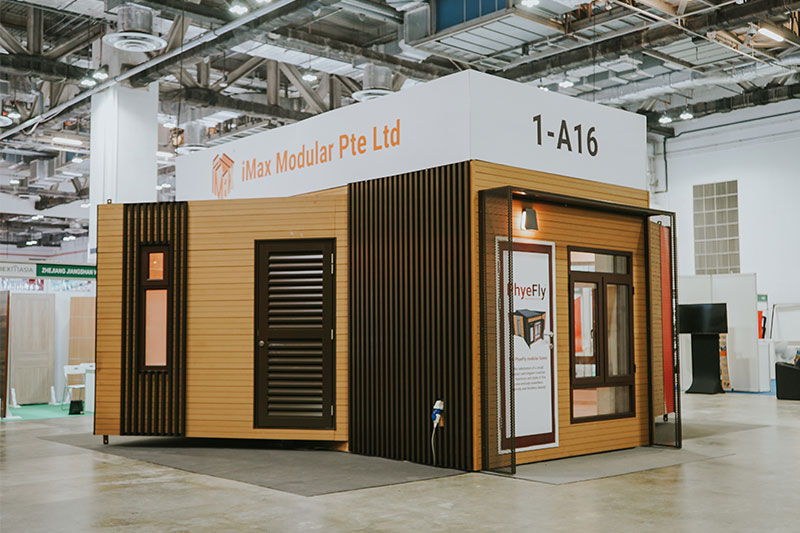
Already, Singapore has embraced modular construction with several hundred MiC projects in the works. For example, the country’s Clement Canopy residential development, completed in 2019, has been dubbed the world’s tallest modular building. Singaporean government-backed policy, introduced in 2014, has spurred rapid development in the country’s modular industry, introducing initiatives including the mandatory use of modular construction techniques in all new developments on government land. In Hong Kong, moves in that direction are beginning to be made. Partnering with Hong Kong-based construction firm Paul Y Engineering, Desmond is working to build student accommodation for the University of Hong Kong – a crucial learning process for the city. “We are putting in a lot of effort to teach and to share our experiences with Hong Kong engineers, architects and consultants,” he says of the MiC learning programme that will happen concurrently. The project is due to be completed in 2021.
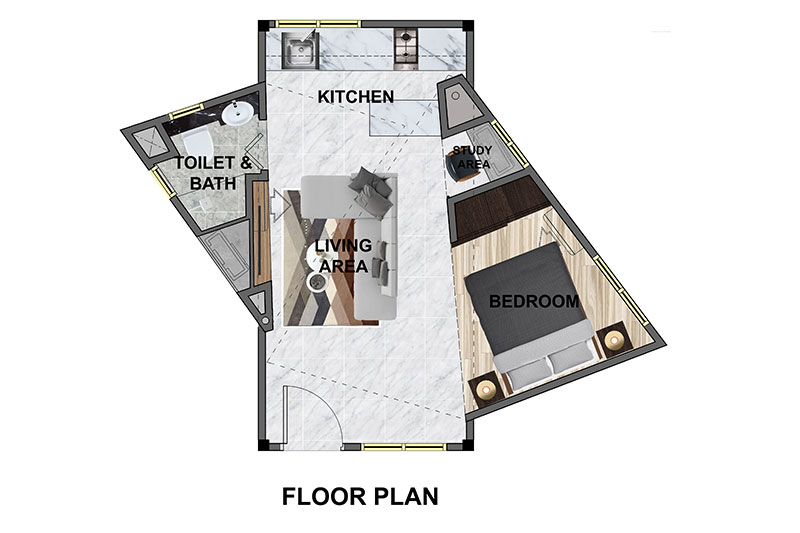
Modular construction has the potential to revolutionise the way we build and scale, given its speed, efficiency and precision, from affordable housing to pop-up retail stores, remote shelters, disaster relief emergency accommodation, and even temporary hospitals in the case of an epidemic. However, consumer acceptance remains a barrier to widespread adoption. “People must accept the way the construction industry has transformed. In Singapore, initially, people would ask, ‘Why should I pay millions of dollars to stay in a box house,’ but now, they no longer question it. It’s just a different consumption method,” says Desmond. Looking into the future, he hopes to change the landscape of Hong Kong with MiC, radically improving living conditions in cramped, often run-down neighbourhoods along the way. “There are so many old houses, old buildings which you could knock down, rebuild and upgrade very quickly. For some of the buildings, services like their sanitary hygiene system are not up-to-date. You can actually knock them down and build a modular system overnight,” he shares. “We may go into the business trying to change the whole city into a new urban city, and for us, that’s our challenge.”
Related Articles
Could You Live in a Tiny House? This Affordable Housing Solution Hits Asia
Could Coliving be the Answer for Asia’s Expensive Cities? This Startup Thinks So.
Vietnamese Architecture Firm VTN Architects is Building Greener Cities
